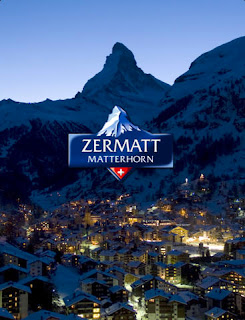About...
Once a sleepy village with a quiet, beautiful sweep of beach, Kuta today has become a popular beach destination in its own right, alive with tourists from all over the world, swimming, surfing or sunbathing by the beach. Others, casually dressed in shorts, T-shirts and flip-flops stroll along its main road, shopping around or enjoying meals at its many open air restaurants. When in Kuta you know that you are in a holiday town, and people here are in a holiday mood.
Back in the 1960’s the only hotel was the Kuta Beach Hotel, but soon without much planning, Kuta developed rapidly into a haunt for surfers and backpackers, while the high end market preferred to stay at the more sedate Sanur village on the opposite side of the peninsula.
With time, Kuta’s popularity grew, and shops, restaurants, discos hotels, - from the simple to the exclusive - sprang up along the main road from Kuta to Legian, catering to the ever increasing holiday crowd, that not only included international tourists but also domestic visitors from Jakarta and other big cities.
Before sunset, crowds rush to the beach waiting to watch Kuta’s legendary sunsets. Then as darkness falls, Kuta’s nightlife starts to throb with loud music from bars and restaurants, while shops stay open till late at night. Kuta’s main attraction is that everyone can enjoy the town without any prescribed dress code.
One poignant reminder, however, of the tragedy that befell Kuta is a monument located next to the present Paddy’s café. The monument is erected in memory of those killed during the fatal October 2002 bomb terrorist blasts. The blasts killed more than 300 people, mostly Australian tourists and Indonesian workers.
What to do?
Moving around Kuta its very fun and simple. You can go around on foot or you can rent a bike or motorcycle. Many visitors come here to shop.
Kuta is a manufacturing center for summer wear, jewelry and decorative handicrafts that are exported all over the world. So shop here to your heart’s content for summer chic to beach wear, including wonderfully creative accessories from shoes, handbags to bracelets, necklaces and earrings. There are department stores to boutiques, to roadside stalls. Popular night spots on Kuta include the Hard Rock Café, De Ja Vu, the Bali Globe, Paddy’s Café and many more.
How to reached?
The first of course you must go to bali island. if you from jakarta, you can get there by flight route Jakarta-Bali. after you landed in bali, kuta beach can be reache by taxi. There are plenty of taxis that can take you to Kuta beach. You can rent these by the meter or by the hour. Taking your own car is not recommended as parking here is very tight.
Where to stay?
Kuta is the ultimate beach resort catering to any taste and budget. You may stay at five star hotels, or at clean “losmen” or home stays. In the hotel complex you will have privacy at the hotel’s own beach front or swimming pool, but when you stroll out you will be met with the hustle and bustle of the town centre. There are various foreign and local restaurants that offering international and local foods. These restaurants are available along Kuta.
























































